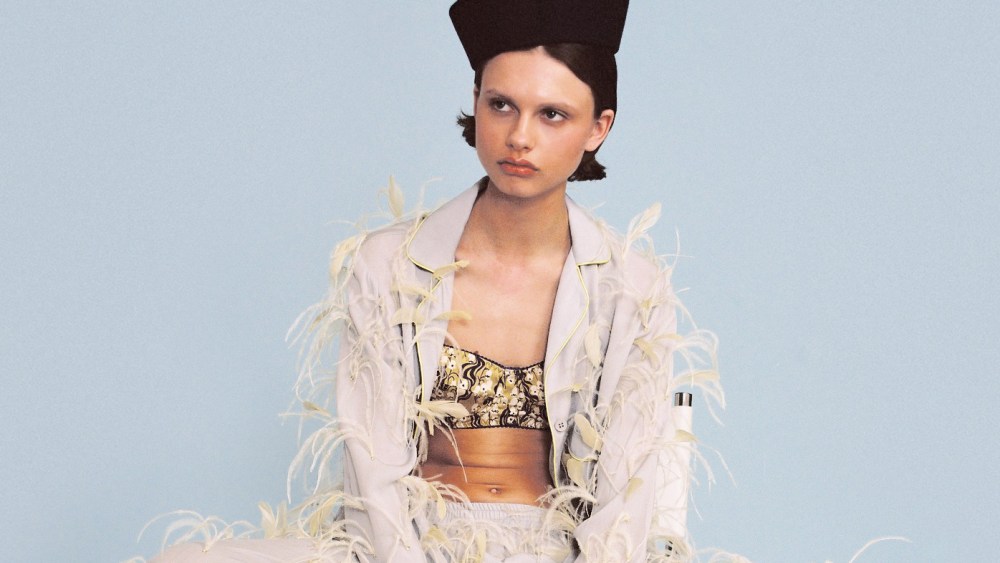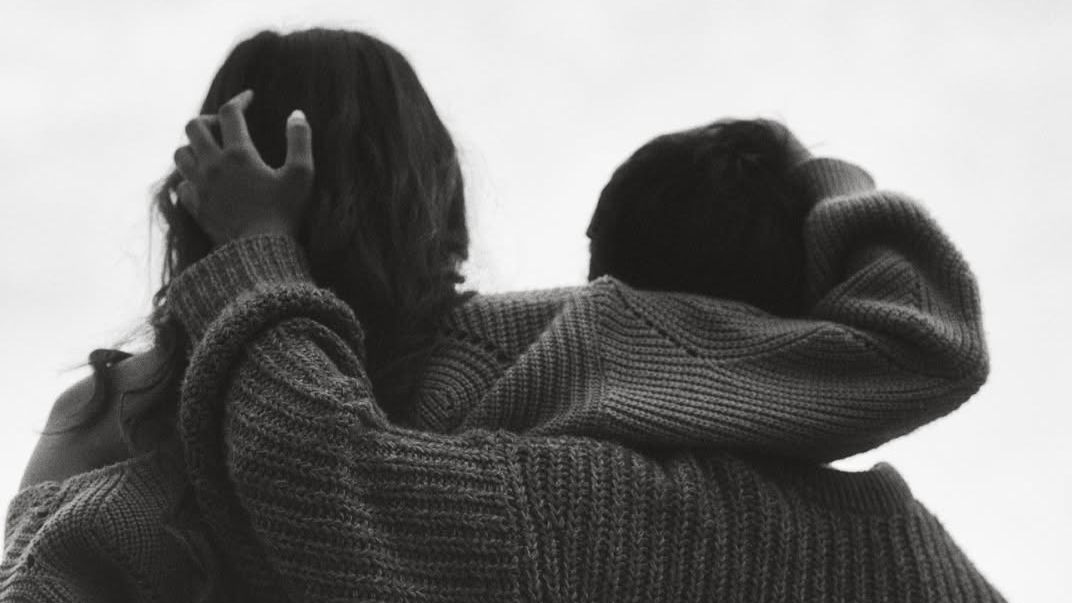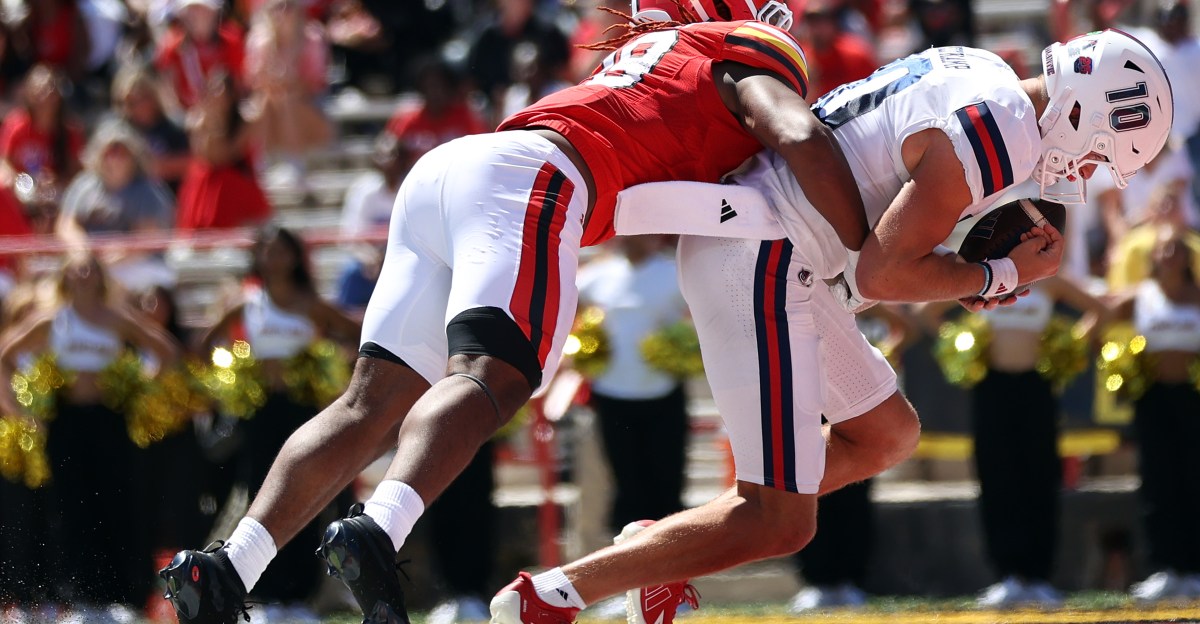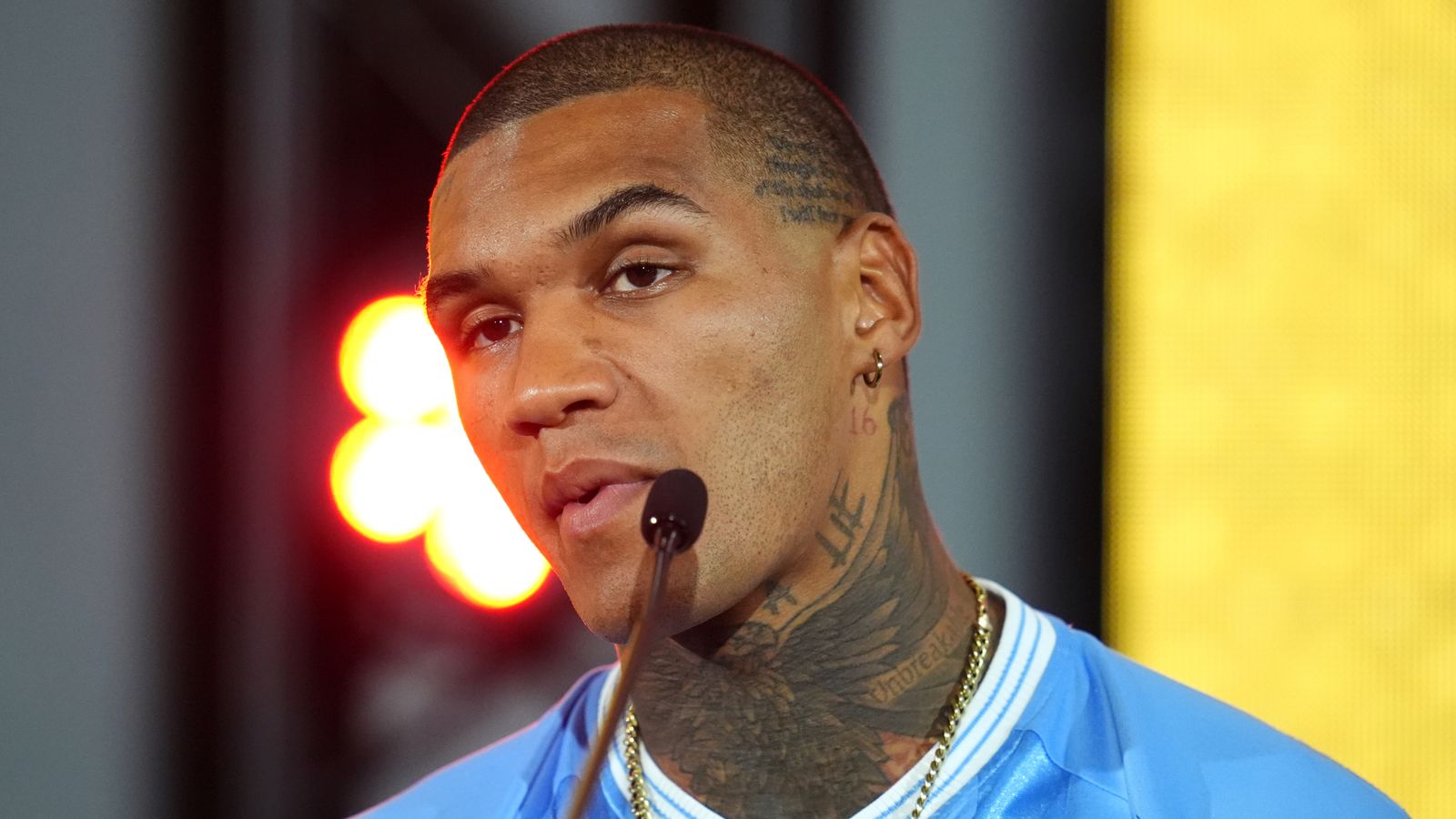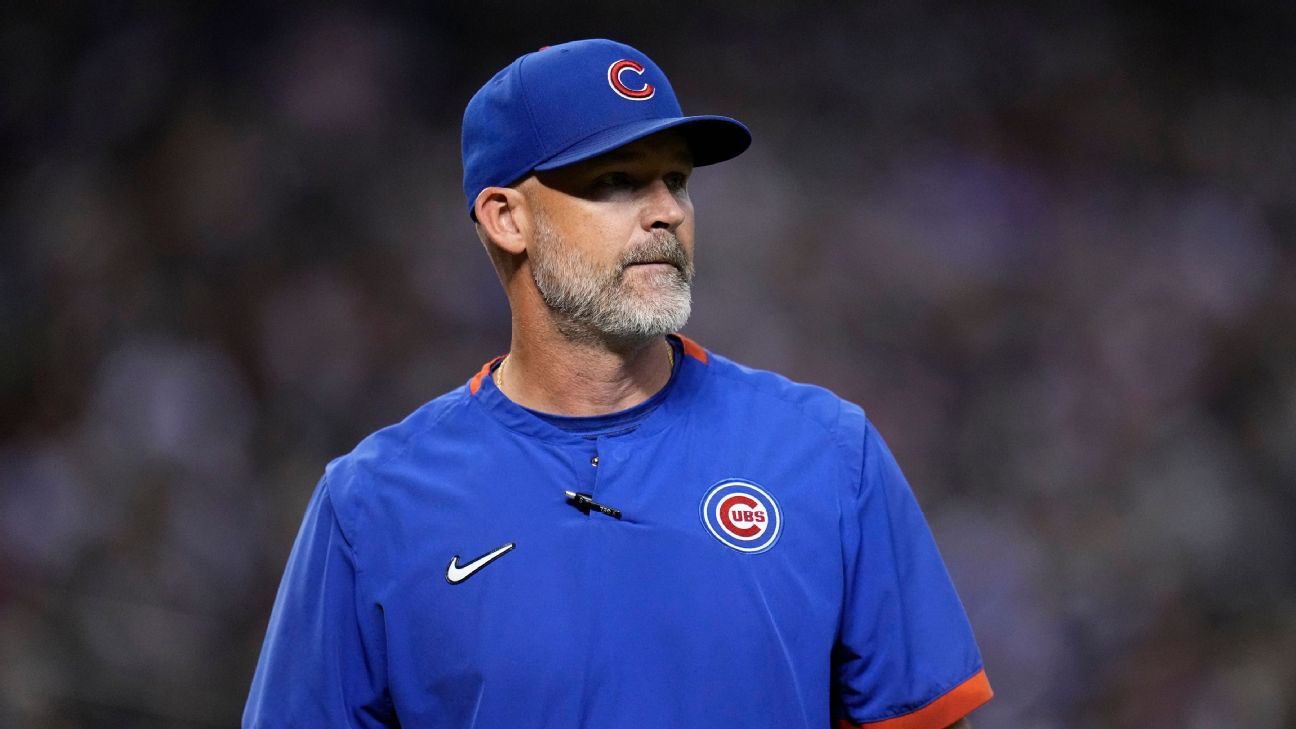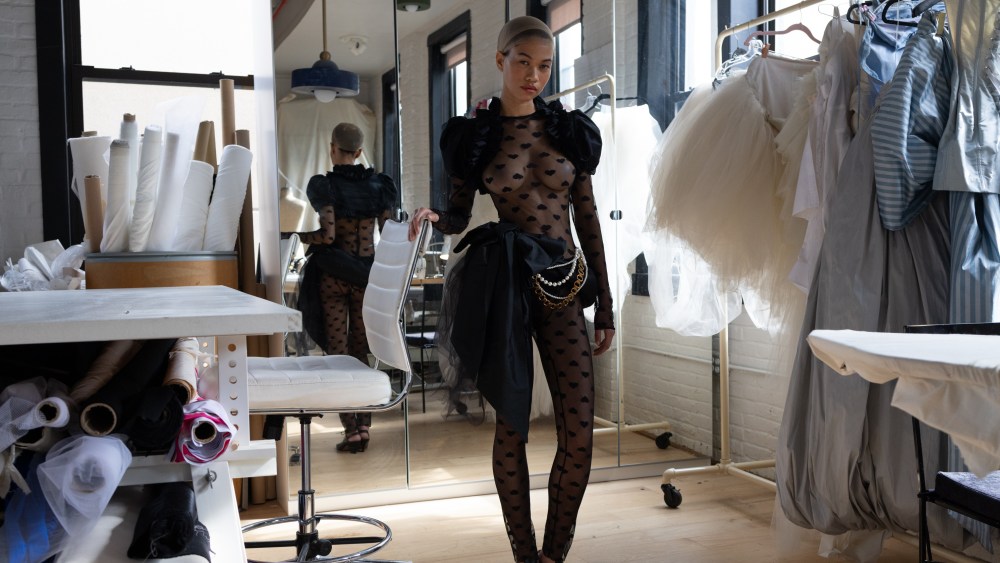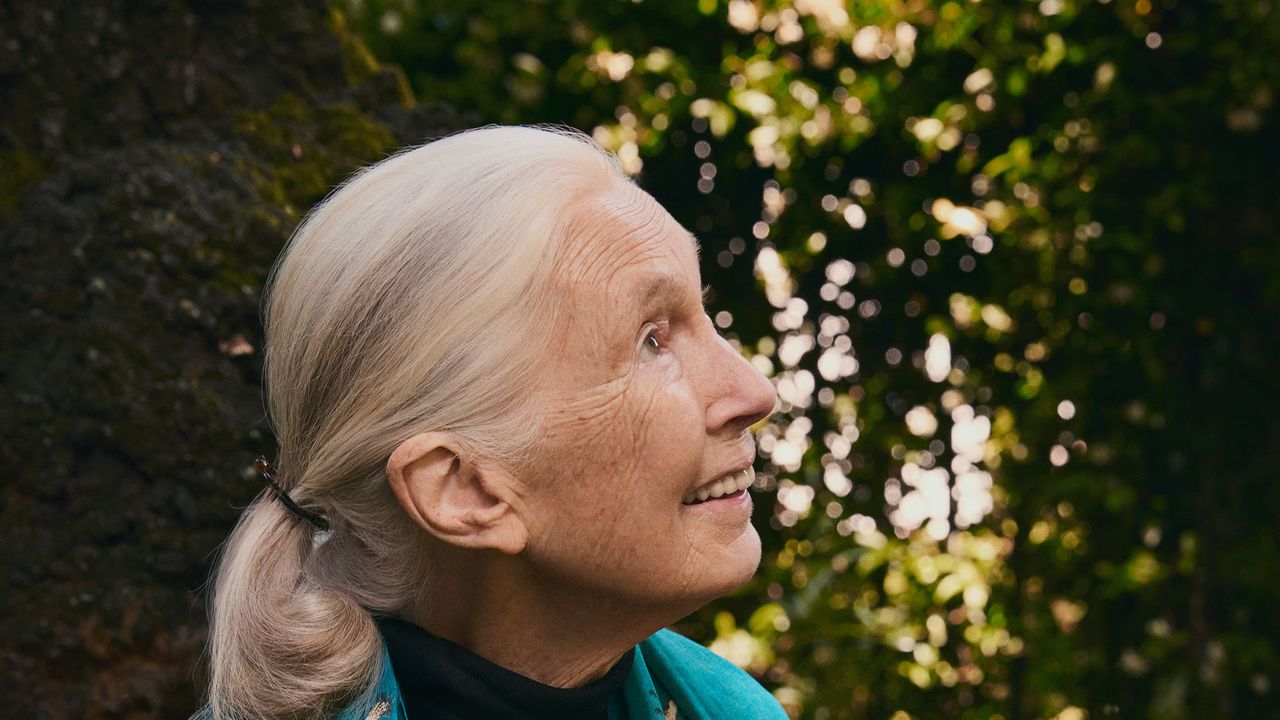
During your recent appearance on the Call Her Daddy podcast, you said that one of the biggest problems we face right now is the loss of hope.
If we lose hope, we become apathetic. If there is no hope, what’s the point of anything? But hope leads to action, which inspires others to take action.
What makes you feel hopeful?
Nature is very resilient. There are places we have destroyed that have been able to come back, given a little help. The other thing is the indomitable human spirit. The people who tackle issues that seem impossible and will not give up. But mostly, what makes me hopeful is young people. Once children know what the problems are and they are empowered to take action, there’s nothing stopping them. They are filled with energy and enthusiasm.
I’m struck by the dissonance between the way you have lived your life—living in nature, among animals, and largely offline—and the way so many children are brought up now. How can we help to bridge that gap, and give children the best potential for impact?
It has been scientifically proven that time in nature is beneficial for mental and physical health. In Japan, a doctor can write a prescription for time in nature, which is particularly important for young children. Sometimes, it’s just a park or a little patch of garden where they can grow something. There are programmes where children use citizen science to map the nature around their schools, so they know the first member of a migratory species to arrive, or they know when the monarch butterflies leave. Whatever it is, we need to get children into and learn about nature.
You once said that when you live in a forest, it’s easy to see that everything is connected. This week, thousands of people have descended on New York for Climate Week, but the city is so disconnected from nature and the problems we’re all trying to solve.
#Sustainable #Fashion #Learn #Jane #Goodall

